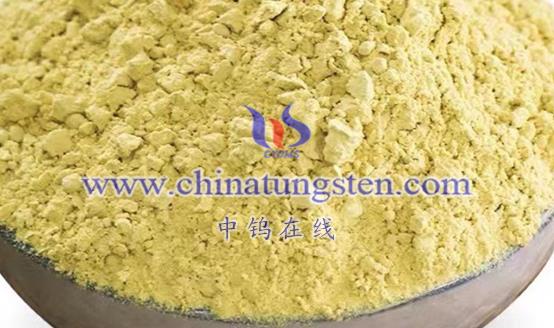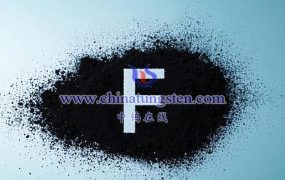
Nanostructured tungsten oxide (such as WO₃) used as a negative electrode material in asymmetric capacitors is a type of electrode material employed in supercapacitors or similar energy storage devices. Its key feature lies in the use of nanometer-scale tungsten oxide as the negative electrode, combined with a different type of positive electrode material to form an asymmetric structure. Below is a detailed analysis of this material:
- Overview of Nanostructured Tungsten Oxide
- Definition: Nanostructured tungsten oxide refers to tungsten oxide particles or structures at the nanometer scale. These materials typically have a large specific surface area and exhibit unique physicochemical properties.
- Advantages: As an electrode material, nanostructured tungsten oxide has several benefits, including high theoretical specific capacity, excellent chemical stability, and strong conductivity. The oxygen vacancies on its surface can serve as electron donors for the conduction band, making it an n-type semiconductor, which is favorable for electrochemical reactions.
- Asymmetric Capacitor Structure
- Definition: An asymmetric capacitor is a type of capacitor that uses two different electrode materials for the positive and negative electrodes. These materials have different electrochemical potential ranges when they undergo reversible cycling in the same electrolyte. By combining these two electrode materials, the overall operating voltage and energy density of the capacitor can be effectively improved.
- Advantages: Compared to traditional symmetric capacitors, asymmetric capacitors offer higher operating voltage and energy density, while still retaining the high capacitance benefits of aqueous capacitors.
- Characteristics of Nanostructured Tungsten Oxide Negative Electrode Material for Asymmetric Capacitors
- High Specific Capacity: As a negative electrode material, nanostructured tungsten oxide, due to its nanoscale properties and unique physicochemical characteristics, can provide a higher specific capacity, thus increasing the energy storage capability of the capacitor.
- Excellent Electrochemical Performance: Nanostructured tungsten oxide undergoes reversible redox reactions during charging and discharging, generating pseudocapacitive effects that further enhance the electrochemical performance of the capacitor.
- Good Compatibility: Nanostructured tungsten oxide can be compatible with a variety of positive electrode materials, forming high-performance asymmetric capacitors. This compatibility broadens the potential applications of nanostructured tungsten oxide in energy storage.
- Structural Stability: Through appropriate preparation processes and structural designs, stable nanostructured tungsten oxide negative electrodes can be fabricated, improving the cycle stability and service life of the capacitor.
- Application Prospects
Nanostructured tungsten oxide as a negative electrode material for asymmetric capacitors has broad application prospects in fields such as supercapacitors and lithium-ion batteries. With the growing demand for high energy density and long-cycle life energy storage devices, the research and development of nanostructured tungsten oxide negative electrode materials will attract increasing attention.
Conclusion
In summary, nanostructured tungsten oxide as a negative electrode material for asymmetric capacitors is an electrode material with excellent electrochemical performance and broad application potential. Through continuous optimization of preparation processes and structural design, its performance can be further improved, driving its practical application in the energy storage field.
More details of tungsten oxide product, please visit website: tungsten-oxide.com
Please contact CHINATUNGSTEN for inquiry and order of tungsten oxide:
Email: sales@chinatungsten.com
Tel.: 86 592 5129595






